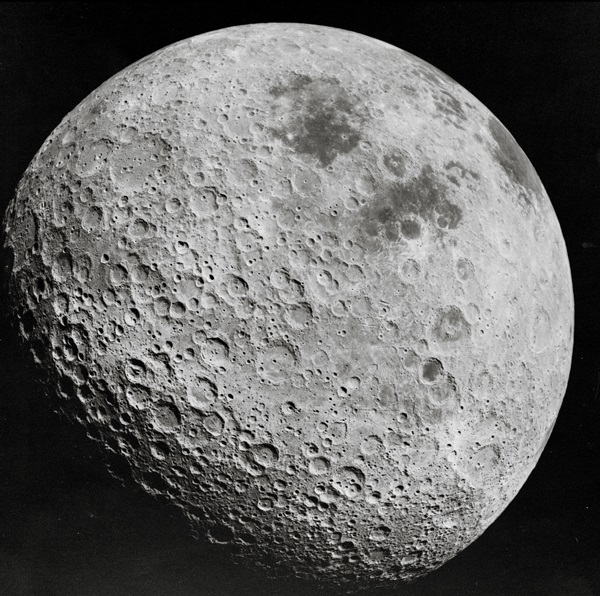Key Takeaways:
- The Moon exhibits synchronous rotation, a consequence of Earth's gravitational influence locking its rotational period to its orbital period.
- Despite synchronous rotation, observers on Earth can periodically view up to 59% of the lunar surface due to librations caused by variations in the Moon's orbital speed and axial tilt.
- Tidal friction generated by the Moon's gravitational pull on Earth's oceans dissipates rotational energy, leading to a gradual lengthening of Earth's day.
- Conservation of angular momentum within the Earth-Moon system dictates that Earth's slowing rotation causes the Moon to gradually recede, increasing its orbital and rotational periods, and ensuring the farside remains unobservable from Earth.
Yes, the Moon continues to spin more slowly, but that ultimately won’t affect how much of its surface we can see.
Tides are the driving force behind these changes. Earth’s large gravitational pull has raised enormous tides in the Moon’s solid body and locked our satellite into synchronous rotation — meaning it rotates once on its axis in the same length of time it takes to revolve around Earth. That’s why the Moon always shows the same face to us. Over several decades, we can see up to 59 percent of the lunar surface because the Moon doesn’t orbit at a constant speed, and its axis is not perpendicular to its orbit.
The Moon also raises tides on Earth. These show up most noticeably as rising and falling sea levels. As our planet rotates, the flowing waters create friction within the liquid itself and between the water and solid Earth. This saps energy from Earth’s rotation and causes it to spin more slowly, which is why days are getting longer — at about
2 milliseconds per century.
The angular momentum of the Earth-Moon system must be conserved, however, so Earth’s slowing rotation demands that the Moon gradually spiral away from our planet. This, in turn, requires its orbital period to increase and, because the Moon is tidally locked to Earth, to spin more slowly.
Unfortunately, because the Moon’s rotation rate is locked to its revolution, we will never get to see Luna’s hidden 41 percent from Earth.
Senior Editor










